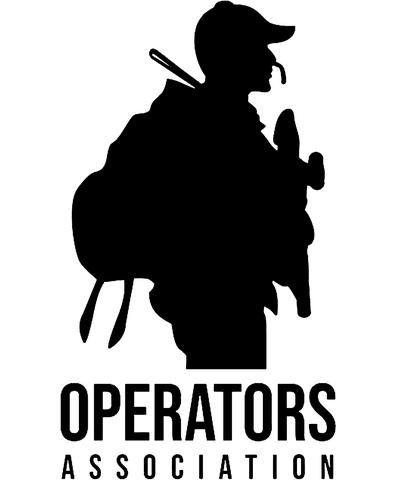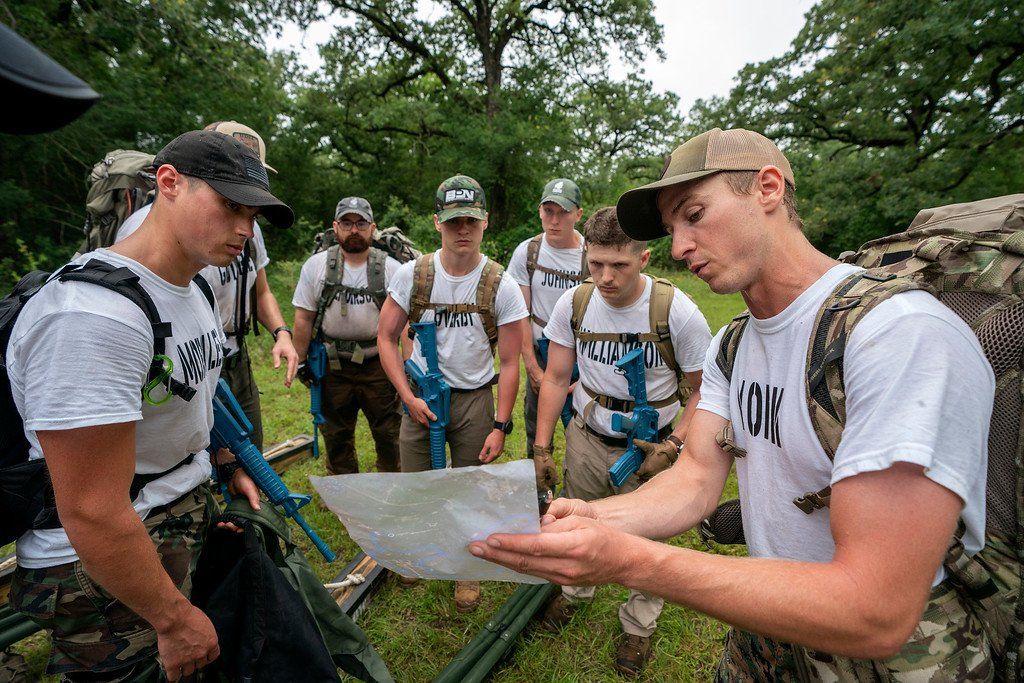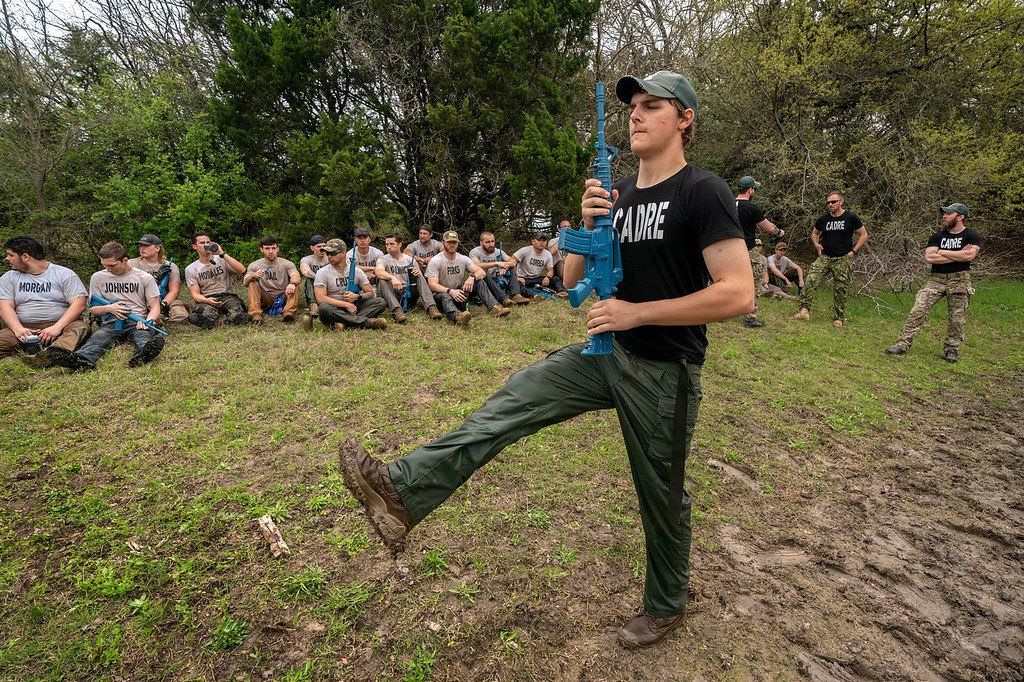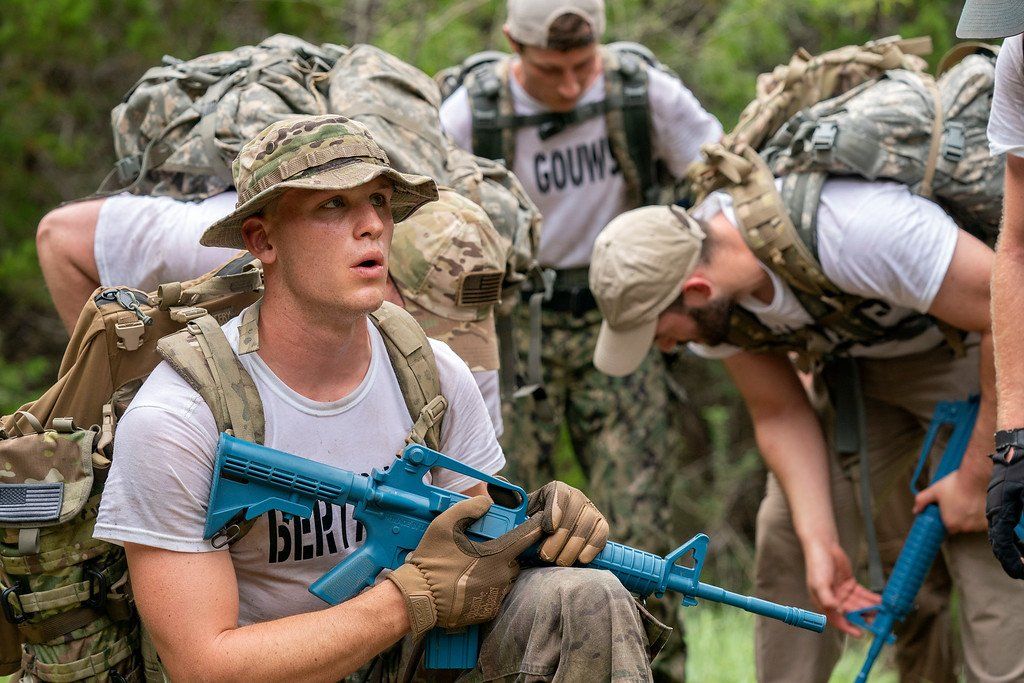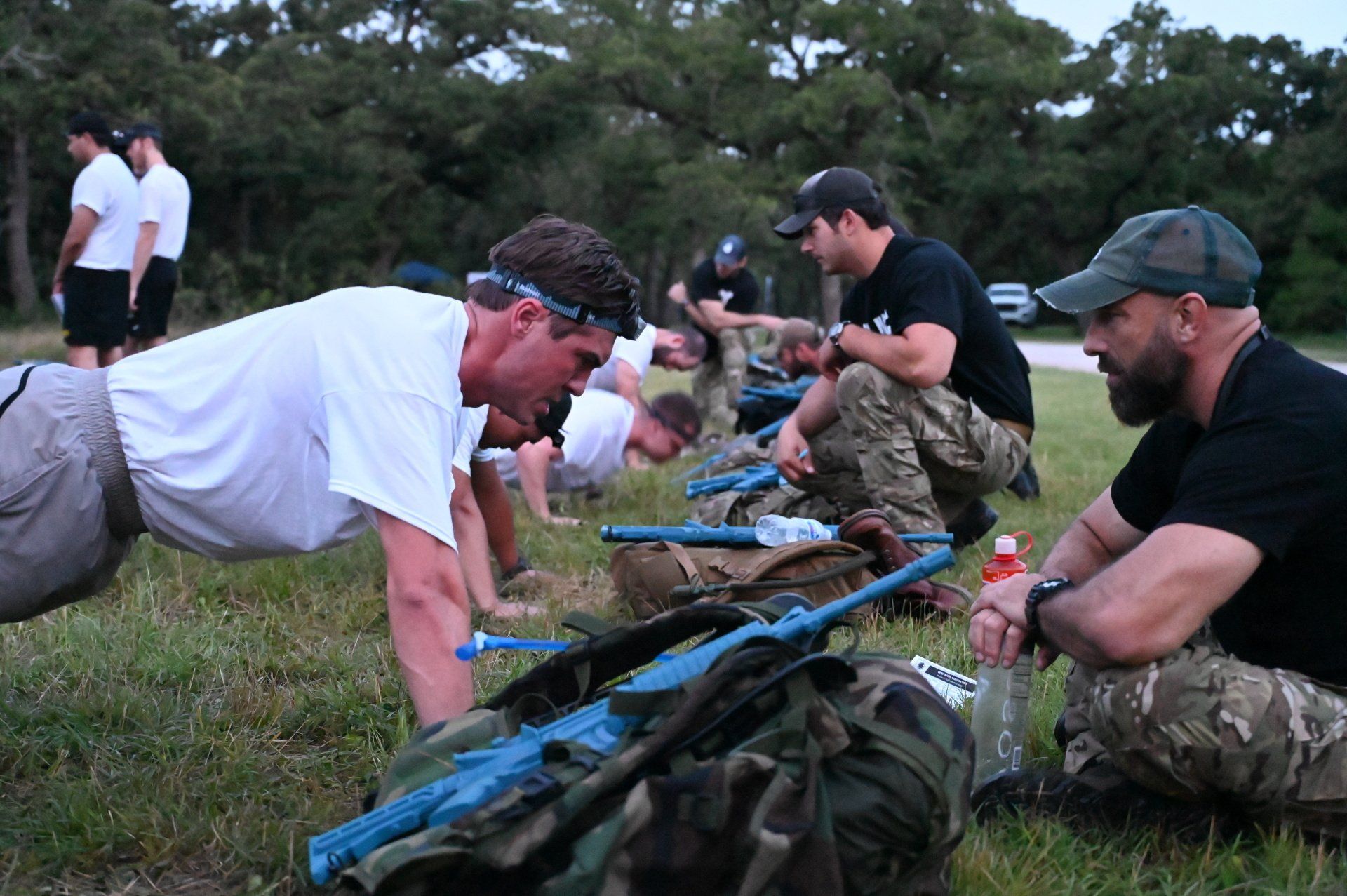Survival Skills – The Fatal Rules of 3
Jul 19, 2021
This guide will save your life.
In a survival situation, knowledge often makes the difference between life and death. You can be the physically fittest person in the world, but if you don’t know what you’re doing, your chances of getting out alive dwindle. If you get stuck in a worst-case scenario situation, you will encounter threats that you would otherwise never face in the civilian world.
The bad news is that everything from the external environment to your mind will be against you. The good news is that these threats can be memorized with the Fatal Rules of 3. This rule outlines the time-frames that you will need to overcome to make it out of a survival scenario. These rules aren’t perfectly accurate to every situation, but they serve as preparation guidelines. Identifying these obstacles and effectively preparing for them will significantly increase your chances of staying alive.
In this OA guide, we will explain each phase of the Fatal Rules of 3, and give you strategies for overcoming them.
3 Seconds: Panic Situation Analysis
In a tragic or panic-inducing scenario, your brain takes around three seconds to begin analyzing the situation. As your body releases adrenaline, your fight-or-flight response will kick in – you will have trouble thinking clearly. While three seconds isn’t a long time in civilian life, what you do within these short few moments can make the difference between life and death.
How to Survive
If you know that a tragedy is imminent, try your best to relax and take a mental checklist of what is around you. Use this time to grab necessary survival tools such as a first aid kit or pocket knife, or to look for escape routes.
If you are unaware of an imminent situation, the best strategy for survival is to have good environmental awareness. As you go about your day, keep an eye out for threats, tools, and escape routes. This doesn’t mean you should be walking around paranoid, but being vigilant and aware of your environment can save your life. At home, have access to things like fire extinguishers, first aid kits, and non-perishable food rations.
3 Minutes: Oxygen Deprivation
Your brain can go for about three minutes without fresh oxygen before brain cells begin dying and severe damage occurs. In a heart-pounding survival situation, your body uses significantly more oxygen, and this time frame gets even shorter. Although your heart will continue circulating oxygen through your body, getting fresh air and replenishing your oxygen supply is critical. After 5 minutes without oxygen, brain damage is severe, and after 10 minutes, there’s almost no chance of survival.
How to Survive
While your brain can go for three minutes without oxygen, people can lose consciousness after as little as a minute when holding their breath. In a survival situation, every second of consciousness is crucial.
The best way to prepare for this is to increase your lung capacity and ability to function while holding your breath. Doing breath-hold exercises will increase the amount of time that you can stay conscious without breathing. Swimming is also a great way to get comfortable doing a high-intensity exercise with restricted breathing (Click Here to read our How to Swim Like a SEAL guide).
3 Hours: Hypothermia
Now that you’ve gotten away from the imminent threat, your next enemy is the environment. Hypothermia can kill you in as little as three hours. There are also three stages of hypothermia that you must be able to identify happening to you or the people on your team:
- Mild Hypothermia – Awareness of cold, shivering, irritated behavior.
- Moderate Hypothermia – Unusual behaviors like disorientation, confusion, and mood swings.
- Severe Hypothermia – Stops feeling cold (feels warm and cozy instead), extremely calm and quiet behavior, feeling sleepy as the body begins slipping into a coma.
How to Survive
If you're exposed to the elements, the first step is to insulate your body to prevent heat loss. Layer up clothes and use light materials that catch air like crumpled newspaper or dry leaves to protect yourself. Focus insulation on areas that lose the most heat like your neck, armpits, and groin.
The next step is seeking shelter. Find or build a place that protects you from the wind and rain/snow as it will cool your skin and absorb heat. Another thing you must do is elevate your body. Laying on the ground will pull heat away from your body at an extreme rate, so find a way to separate yourself from the earth.
3 Days: Dehydration
After finding shelter and surviving your first night, it’s time to start satisfying your body’s physiological needs. The first thing that you must take care of is hydration. Your body can survive without water for around three days before vital organs start shutting down. This time frame becomes even shorter in a survival scenario where you become dehydrated through sweat and heavy breathing.
How to Survive
- Salt Water: You can’t drink it directly, but boiling saltwater and capturing the vapors will result in fresh, potable water. This has the increased benefit of killing bacteria.
- Morning Dew: During summer months, vegetation will be covered in morning dew. Tie a shirt around your ankles and walk through a grassy field. You can then wring the water into a container.
Warning: Never eat snow. It will drop your core temperature and your body will burn excess calories warming itself up. Find a way to melt snow before ingesting.
3 Weeks: Starvation
After establishing access to water, your next threat is starvation. A lack of food impacts your energy, strength, and morale, so getting access to nutrition is a top priority. Your body can survive for three weeks without food, but getting access to nutrition within a week is crucial to keeping your strength.
How to Survive
Fortunately, a lot of things are edible. If you have no way to hunt or fish, you can get a good amount of calories by eating acorns, dandelions, evergreen needles (from pine, birch, or spruce), and insects like grasshoppers.
Warning: Stay away from wild mushrooms unless you know they are edible. Getting food poisoning in a survival situation can kill even the fittest person.
3 Months: Hopelessness
If you’ve survived this long, there’s good news and bad news. The good news is, your survival scenario is sustainable enough to keep you alive for months to come. The bad news is, the threat to survival is now internal. If you aren't found after three months, it's likely that nobody is looking for you. At this point, loneliness and boredom set in, and you can start losing hope and the will to live – compromising your chances of survival.
How to Survive
You must keep your mind strong
in a survival scenario. This includes working out, finding new ways to improve your outpost, creating primitive tools, or even creating an imaginary friend. No matter which strategy you choose, keeping yourself busy and focused is critical to your survival.
Knowledge is critical to survival, but so is physical fitness. The stronger and tougher you are, the more capable you will be of saving your own life. The way to achieve this is simple: start working out.
But how can you ensure that the training you do is actually helping you become fitter? The answer: with an OA Workout Program. Our programs give you a week-by-week rundown of the specific exercises that will equip you to conquer any situation. Whether you are looking to improve your 5-mile time or prepare for a PT test, we have the program for you. Get started today!
